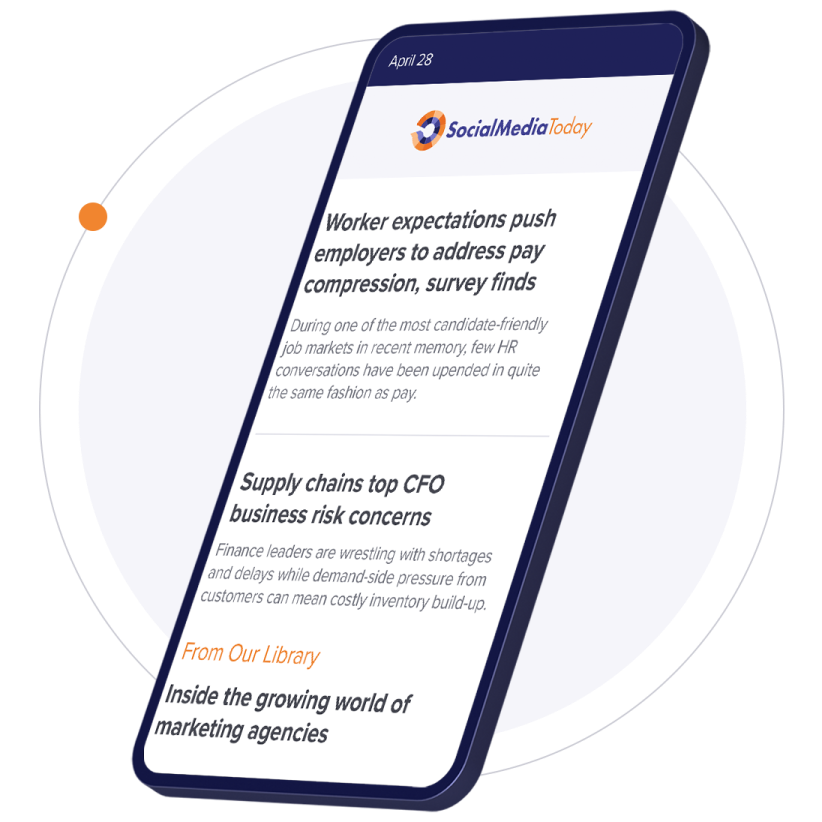Many professional service firms have learned how quickly good times can turn to bad over the past year. They are learning or relearning that developing business is something that must be done in good times, if you want to delay and minimize bad times like these. Less often they realize that one source of their revenue implosion has been the failure of a single channel to market. To reduce that risk in the future requires not just increased business activity, but a diversification of the channels through which business comes to them. Now that a recovery is underway, it is a good time to do that.
Examples of channel failure include:
- The loss of a rainmaker who provides a disproportional share of a firm's or practice's new business. This is the simplest and most common source of channel failure.
- The loss of a referral source who provides a disproportional share of the firm's or practice's new business. A cost reduction consultant received all of his work from a turnaround manager. When that person was forced into retirement, his sole source of business disappeared.
- The failure of education programs as a channel for new business. Several consulting firms ran seminars on specific methods for dealing with corporate problems. After the seminars some attendees would hire them for large engagements. At first these seminars attracted high-level participants, but after time, more and more junior people entered the mix. When senior people stopped coming to the seminars, lead flow declined and when even the junior people stopped coming to the seminars, there were no more leads.
- The failure of an internal referral channel. There are many examples of this. The engineering studio of an architectural and engineering firm got all of its business from projects that originated with the firm's architectural studios. When architectural projects dried up, so did the engineering studios lead flow. In later years the management of the studio developed personal relationships with client facilities managers, which gave them a second, less cyclical, direct-to-market channel. Also, at the large accounting firms, the passage of the Sarbanes-Oxley Act reduced leads from audit partners to forensic accountant practices specializing in litigation support to zero overnight. The litigation support consultants, who had relied entirely on audit partners for a steady flow of new cases, had to scramble to develop new channels.
Channel failure is surprisingly common and can be devastating, all the more so, because the single channel usually looks as if it will never cease to provide new business. It almost all cases, its failure comes as a big surprise.
The best way to avoid the problem is to have multiple channels to market. Any professional who relies on a single channel and who doesn't know how to go out and generate business through multiple sources exposes himself to grave career risk. But, I don't really expect many people to recognize and act on this knowledge. History shows that it is all too easy to become complacent and to ignore channel risk. You do so at your peril.
Link to original post





